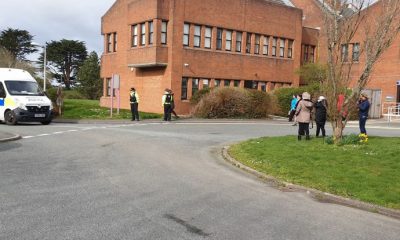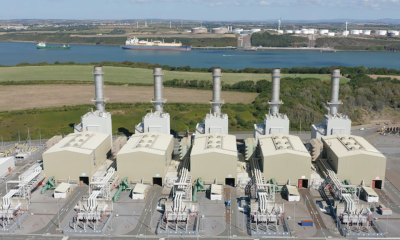Community
Setting sail into the unknown: Edward’s epic journey from Milford Haven to Auckland

FOR Milford Haven resident Edward Neale, the inspiration to embark on an epic sailing journey across the globe germinated over many years. A seasoned sailor, he harbored dreams of venturing beyond European waters once retired. Little did he know that this desire would blossom into a remarkable voyage, taking him from the tranquil shores of Milford Haven to the vibrant city of Auckland.
Contrary to the trend of charitable sailing expeditions, Neale’s journey wasn’t motivated by a cause. Instead, it was fueled by a deep-seated desire to reunite with his daughter in Auckland, and the aspiration to achieve something profoundly memorable in the process.
Neale’s journey wasn’t his first encounter with the sea. His sailing roots trace back to the 1970s as a member of Milford Haven Sea Cadets, navigating Royal Navy boats and battling seasickness in the English Channel. His maritime journey continued through the merchant navy, sailing a 31ft Westerly Longbow in the 2000s, and culminated in the acquisition of his 38 ft motor sailor Light Symphony, in 2017.
Light Symphony, a 38ft motor sailor built by Austrian company Sunbeam, served as Neale’s steadfast companion. Acquired in 2017, he meticulously outfitted the vessel over two years in Milford Marina, transforming it into a seafaring haven. With two cabins, a well-equipped wheelhouse, and a spacious cockpit, the vessel endured the challenges of the open ocean, a testament to both craftsmanship and Neale’s determination.
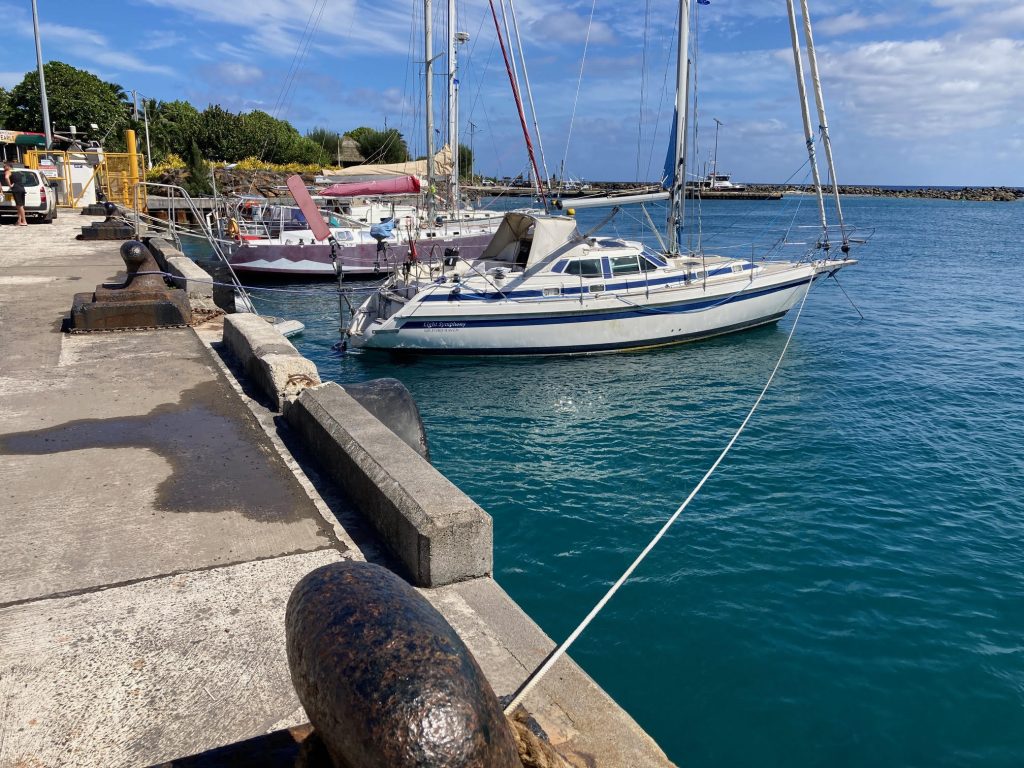
Neale’s extensive maritime background, including a four-year deck cadetship, RYA sailing qualification, and experience in the merchant navy, provided him with a solid foundation. Additionally, courses in handling medical emergencies at sea further fortified his readiness for the challenges that lay ahead.
Divided into four stages, the journey commenced in the summer of 2022. Neale’s wife, Janet, joined him for the initial stage to Portugal. Subsequent stages saw the company of friends Phil Jones and Phil Astles, with solo segments navigating the vast expanses of the Atlantic and Pacific.
Unexpected challenges arose, notably encounters with orcas off the coast of Spain. Neale recollects; ” When we reached Gijon in Spain we met a young couple with two small children who had experienced an encounter with orcas. This was a danger I was never expecting to have to deal with. A pod of orcas have taken it upon themselves to “attack” sailing boats by damaging the boat’s rudders, disabling the yachts and forcing them to be towed into port for repairs. There have been many “attacks” over the past few years, with three yachts being sunk when the damage to the rudders caused uncontrolled water ingress.”
Having not anticipated such a threat, Neale adjusted his course, navigating close to the coast to minimize the risk. The Pacific Ocean presented its own trials, with multiple instances of rigging failures requiring innovative repairs, showcasing Neale’s resilience and seamanship.
Choosing to navigate the Panama Canal without a local agent, Neale faced initial difficulties with the canal authority’s web platform. Despite setbacks, he persevered, hiring line handlers and overcoming the unique challenges of providing meals for advisors and crew during the transit.
Low points punctuated the journey during rigging failures, where the imminent collapse of the mast posed a threat to both speed and watertight integrity. Conversely, repairing the rig was a high point, instilling confidence for the remainder of the voyage. The ultimate high was reaching New Zealand, lifting the weight of sailing with a damaged rig.
Gale-force headwinds near New Zealand halted progress for 24 hours, testing both Neale and Light Symphony. The vessel weathered the storm, a testament to its seaworthiness and Neale’s navigational skill.
A failed battery charging system early in the voyage led to the loss of fresh food. Relying on tinned food, Neale made a crucial stop at Rarotonga for fresh supplies during a period of calm weather. The on-board water maker ensured an uninterrupted supply of fresh water.
Fishing attempts varied, with success in the Atlantic but disappointment in the Pacific. Neale’s resourcefulness extended beyond repairs to navigating the challenges of sourcing sustenance on the open sea.
From Milford to Auckland, the journey spanned several stages, totaling months at sea. The Pacific Ocean crossing alone consumed 73 days. While Neale had commitments, the voyage unfolded with a balance between purposeful progression and the unpredictable nature of the open ocean.
A daily blog chronicled Neale’s odyssey, providing a firsthand account of the challenges and triumphs. Expressing interest in its publication, the blog stands as a testament to the highs and lows of his maritime adventure.
Neale expressed gratitude to his former colleague Ian Swales, friend Denzil from Ratsey’s Sailmakers, his daughter Rosie for liaising with New Zealand authorities, and a special thank you to his wife Janet for enduring his prolonged absence and the stresses it entailed.
Having achieved his goals in long-distance sailing, Neale envisions future adventures on two wheels, leaning towards motorcycle touring as his next favored pastime.
In sharing his wisdom, Neale emphasizes the need for comprehensive preparation. From tools and spares to diverse knowledge on mechanics, navigation, and survival, he advocates self-sufficiency and a deep understanding of one’s vessel. Knowing the boat inside out, undertaking maintenance personally and being ready for anything are paramount for those aspiring to undertake similar odysseys.
Reflecting on the Pacific crossing, Neale expressed regret at the limited time to explore island groups, citing the need to stay ahead of cyclone seasons. Acknowledging the impact of seasonal timing on the voyage’s enjoyment, he recognizes the delicate balance between commitment and exploration.”
PICTURED ABOVE: Arrival in New Zealand. Edward, Rosie (daughter), Harry (Rosie’s partner)
Community
Cresswell Quay conservation consultation launch backed
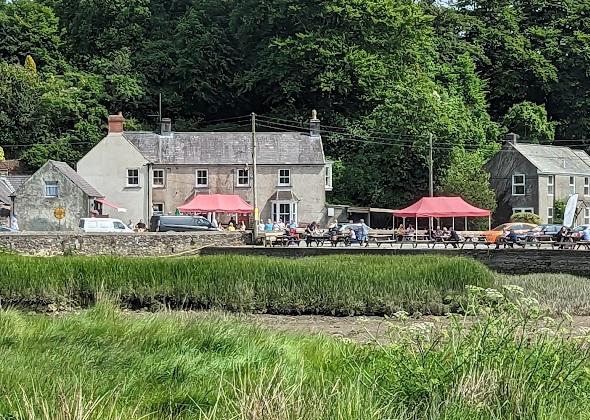
A PUBLIC consultation is to be held on potentially making one of south Pembrokeshire’s most scenic estuarial villages, home to a CAMRA award-winning pub, a conservation area.
At the July 24 meeting of Pembrokeshire Coast National Park, members backed a public consultation being launched for potentially designating Cresswell Quay as a Conservation Area.
Cresswell Quay, home to the Cresselly Arms, is “one of the most scenic villages within the National Park and is highly significant as a very early coal port, retaining several buildings of architectural importance,” a report for members stated.
There are some 500 conservation areas, defined as “areas of special architectural or historic interest, the character of which it is desirable to preserve or enhance” across Wales, 14 in the national park.
The report for Park members added: “The designation of a conservation area at Cresswell Quay would recognise the special architectural and historic interest of the village and would ensure that future development either preserves or enhances the character and appearance of the conservation area.
“The designation would introduce controls over the demolition of buildings which would require conservation area consent and affords greater protection of works to trees. Officers consider that part of the special interest of Cresswell Quay is the relationship between the village, the estuary and its wooded setting, which is unusual in a Pembrokeshire context.”
The consultation on the conservation status has been backed, rather than simply be designated in-house as Cresswell Quay is the home of the Buildings Conservation Officer; the consultation being launched “to avoid any potential conflict of interest or wider public misconception”.
It will be undertaken by Linda Jones of Babb Architects, Whitland and Emily Holder, Conservation Assistant, supported by members of the Strategic Policy team.
Initial engagement with key landowners and the three community councils of the area has already taken place, and a public drop-in event is expected to take place in early August.
Further information on the consultation will also promoted at events including the Pembrokeshire County Show and Martletwy Show.
At the national park meeting, member Cllr Simon Hancock expressed his surprise the ‘Quay was not already in a conservation area.
The eight-week consultation is expected to be launched on July 29, finishing on September 23.
Earlier this year the Cresselly Arms won the CAMRA (Campaign for Real Ale) pub of the year award for the whole of Wales.
The Cresselly Arms averaged 89 points out of a maximum 120 after surveys were conducted across the country by members of other branches.
Community
Public reminded to stay away from Ward’s Yard and Criterion Quay

THE PORT of Milford Haven is reminding members of the public to stay away from Ward’s Yard in Milford Haven and Criterion Quay (sometimes known as the offshore jetty) in Pembroke Dock due to concerns over public safety.
Despite significant security measures, people continue to access the sites illegally, ignoring and sometimes damaging the onsite signage and fences.
Niall Yeomans, Head of Health, Safety and Security at the Port of Milford Haven said: “Safety is our key priority. Members of the public are continuously putting themselves and members of our team at risk of serious harm by trespassing in these areas.”
“Both Ward’s Yard and Criterion Quay are unsafe for public access. They are isolated areas next to deep water and are susceptible to slips, trips and falls.”
Both sites are owned by the Port of Milford Haven and are private property. Anyone found onsite without consent is trespassing, and any criminal damage could result in prosecution.
Anyone who sees any suspicious activity at Ward’s Yard or Criterion Quay is asked to contact Dyfed Powys Police on 101 urgently.
Community
Port sponsors water safety programme for Pembrokeshire pupils
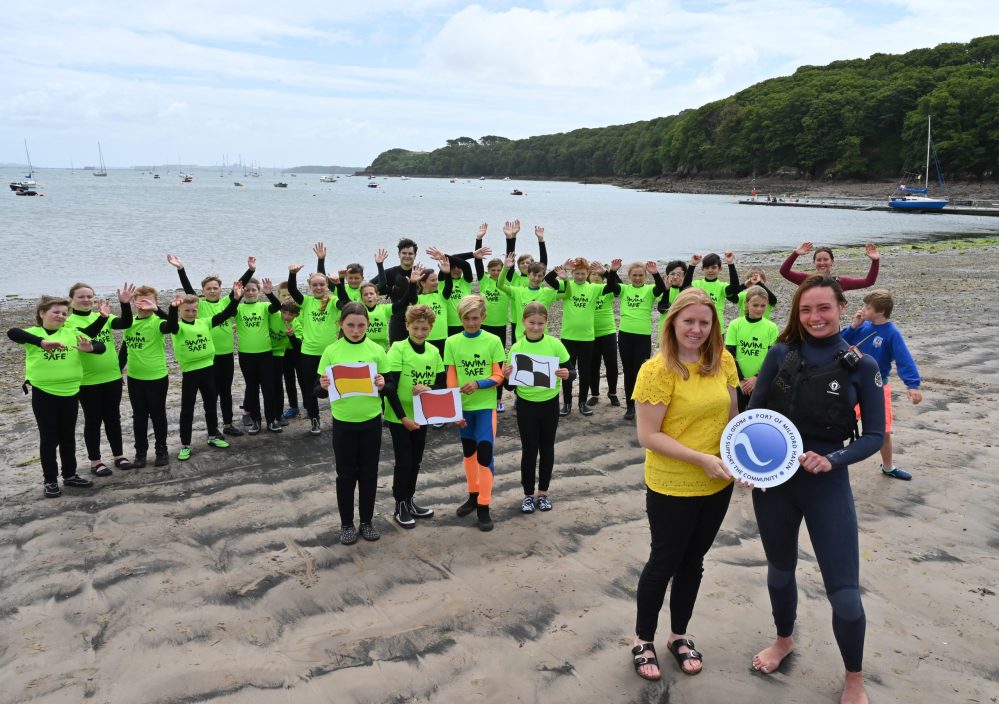
OVER 200 children from coastal schools in Pembrokeshire have learnt important water safety skills in a project sponsored by the Port of Milford Haven.
Dale-based water sports provider, Windswept CIC, has been running the Swim Safe programme for Year 5 and 6 pupils from St Francis Catholic Primary School, Milford Haven Community Primary School, Neyland Community School, Broad Haven Primary School and Cleddau Reach School over the past few months. Swim Safe was started by the RNLI and Swim England and consists of a teacher-led school session with materials and lesson plans provided, followed by a beach session covering a wide range of topics including what to do in an emergency situation, survival techniques and recognising risks associated with water.
Director of Windswept, Sarah Bagley, said “This is our second season conducting Swim Safe training to schools in Pembrokeshire, supported by the Port of Milford Haven. Swim Safe is such a great initiative and is so important for all young children to equip them with life saving skills prior to the summer holidays. We’d like to thank the Port of Milford Haven once again for supporting this great cause!”
Sara Richards, PR and Communications Executive at the Port of Milford Haven, attended a session with Cleddau Reach School from Llangwm and commented “Living near the sea means it’s vital that young people know what to do in an emergency and are aware of the risks associated with the water. We want everyone to enjoy the coastline as much as possible this summer armed with the safety tips that they will have learnt with Windswept.”
-

 Education5 days ago
Education5 days agoMilford Tesco worker achieves Oxford dream and lands top legal job
-

 Crime4 days ago
Crime4 days agoHaverfordwest man admits having nearly 1000 child and animal images
-

 Crime4 days ago
Crime4 days agoYouth set to appear in court over serious sexual offences
-

 Crime4 days ago
Crime4 days agoPolice investigating after man injured during altercation in cemetery
-

 Education4 days ago
Education4 days agoPupils delight in ice cream treat from Pembrokeshire’s number one van
-
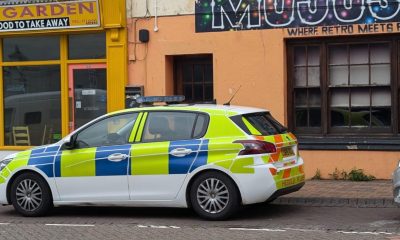
 Crime4 days ago
Crime4 days agoTown centre ‘stinking of skunk’ as police strip cannabis farm
-
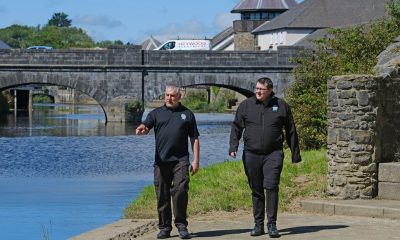
 Crime3 days ago
Crime3 days agoFag-butt police court summonses spark debate in Pembrokeshire
-

 News6 days ago
News6 days agoProposal to give firefighters a council tax discount to go to Cabinet

















